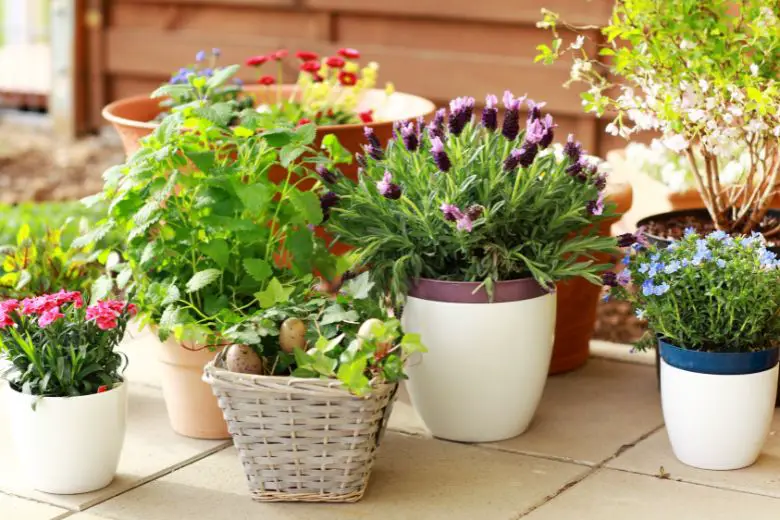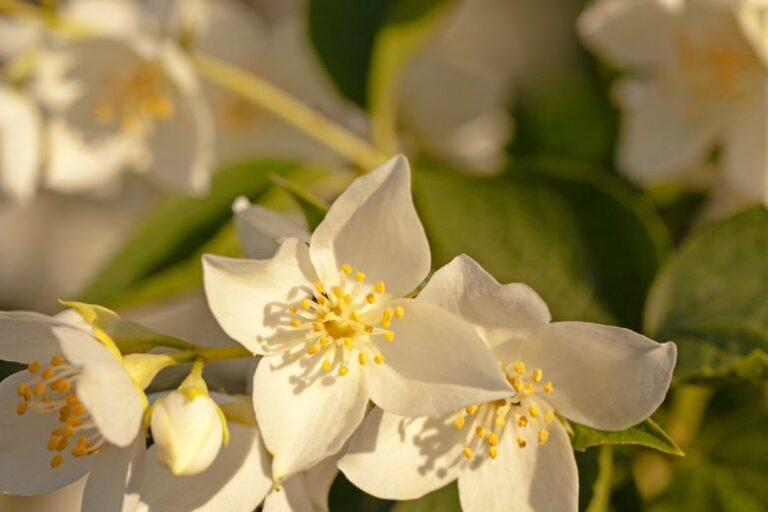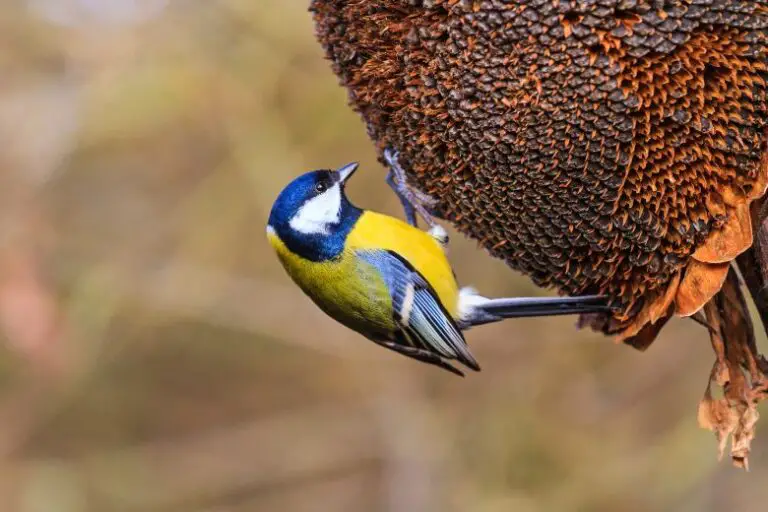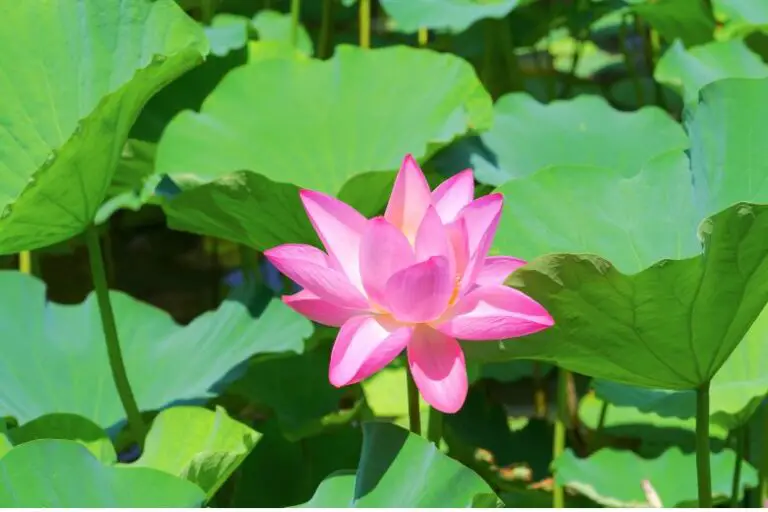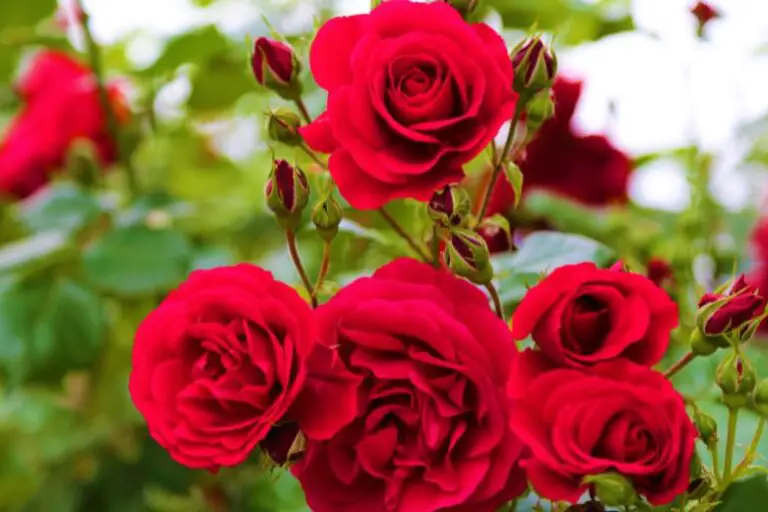can you use orchid potting mix for other plants
Orchids, known for their beauty and elegance, have captivated gardeners and plant enthusiasts for centuries. One of the essential elements in caring for orchids is the specialized potting mix they require. Orchid potting mix is designed to provide proper aeration and drainage for these delicate plants.
However, as gardeners often wonder, can this unique mix be used for other plants as well? In this article, we will explore the possibilities and challenges of using orchid potting mix for various plant species and learn how to adapt it to different gardening needs.
Understanding Orchid Potting Mix:
Before we delve into its broader applications, let’s understand what orchid potting mix is. Orchid potting mix is a unique blend of organic and inorganic materials, such as bark, sphagnum moss, perlite, and sometimes charcoal. This composition allows for excellent airflow and drainage, two crucial factors for the well-being of orchids. Orchids are epiphytic plants, meaning they grow on trees in their natural habitat, so replicating these conditions is vital for their successful cultivation.
Can Orchid Potting Mix be Used for Other Plants?
The suitability of orchid potting mix for other plants largely depends on the specific needs of each plant species. While some plants may benefit from the aeration and drainage provided by the mix, others might require a different type of soil. Generally, epiphytic plants, like some ferns and bromeliads, could thrive in orchid potting mix. On the other hand, water-retaining plants like succulents may not fare as well.
Adapting Orchid Potting Mix for Other Plants:
Adapting orchid potting mix to suit other plants involves making some adjustments to its composition. For instance, increasing the percentage of perlite or adding peat moss can enhance water retention for plants that require more moisture. Mixing ratios may vary depending on the specific needs of the plant, but experimenting with different proportions can lead to a versatile potting mix suitable for a range of species.
Potential Benefits and Drawbacks:
Using orchid potting mix for certain plants can have advantages, such as improved aeration and root health. Additionally, it might discourage overwatering, reducing the risk of root rot. However, some plants may not perform optimally in this mix, as they require more water retention or specific nutrients not present in the standard orchid mix.
Common Misconceptions:
There are some misconceptions about using orchid potting mix for other plants. One prevalent myth is that orchid potting mix is only for orchids, but in reality, it can be a valuable option for various plants. By debunking these misconceptions, gardeners can feel more confident in experimenting with this mix.
Best Practices for Plant Care:
Regardless of the plants you choose to grow in orchid potting mix, some general best practices apply. First, it’s essential to adjust the watering schedule according to the plant’s needs. Some plants might require more frequent watering, while others prefer a drier environment. Additionally, supplementing the mix with appropriate fertilizers can promote healthy growth and flowering.
Examples of Plants Thriving in Orchid Potting Mix:
Several plant species have shown remarkable growth and health when potted in orchid mix. Ferns like Staghorn and Bird’s Nest ferns, bromeliads, and some species of anthuriums have been known to flourish in this mix. Their vibrant appearance and robust growth are a testament to the effectiveness of orchid potting mix.
Alternative Uses for Orchid Potting Mix:
Orchid potting mix can extend beyond traditional potting uses. It can be creatively employed in decorative arrangements, such as hanging gardens or tabletop displays. Additionally, the mix can be an excellent addition to landscaping projects, especially in areas where drainage is a concern.
DIY Orchid Potting Mix Recipe:
For adventurous gardeners who want to try making their orchid potting mix, here’s a simple recipe:
- 4 parts bark or coconut husk chips
- 2 parts perlite or horticultural charcoal
- 1 part sphagnum moss or peat moss
How to Repot Plants Using Orchid Potting Mix:
When repotting plants with orchid potting mix, gently remove the plant from its old container, shake off excess soil, and trim any damaged roots. Place the plant in the new pot and fill it with the prepared orchid mix. Gently press the mix around the roots, ensuring the plant is stable.
Caring for Orchids and Other Plants in the Same Mix:
Growing orchids alongside other plants in the same mix requires careful attention to each plant’s specific requirements. Watering should be managed diligently, and plants with contrasting light needs should be arranged strategically to ensure their well-being.
Long-Term Plant Health and Growth:
Over time, plants grown in orchid potting mix can exhibit robust growth and overall health. Regular observation and maintenance are necessary to address any changes in the plant’s needs and adapt the care routine accordingly.
Troubleshooting Common Issues:
Some common issues that gardeners might encounter when using orchid potting mix include under or over-watering, inadequate drainage, and nutrient deficiencies. Recognizing and addressing these problems promptly can prevent adverse effects on plant health.
Pros and Cons of Orchid Potting Mix vs. Regular Potting Mix:
Comparing orchid potting mix to regular potting mix helps gardeners make informed decisions based on their plant collection. While orchid potting mix has its benefits, it may not be suitable for all plants, and traditional potting mixes might be more appropriate in certain scenarios.
Environmental Considerations:
Gardeners should be mindful of the environmental impact of using any potting mix. Sustainable practices, such as recycling the mix and choosing eco-friendly ingredients, can contribute to a greener gardening approach.
Expert Recommendations:
Horticulturists and botanists often share valuable insights into the world of gardening. Their expert recommendations on using orchid potting mix can offer new perspectives and techniques for successful plant cultivation.
Real-Life Success Stories:
The experiences of fellow gardeners who have achieved success with orchid potting mix can be inspiring and educational. These real-life stories can encourage others to try this mix and share their results within the gardening community.
Conclusion:
In conclusion, orchid potting mix can be a versatile and effective option for various plant species beyond orchids. With its excellent aeration and drainage properties, many epiphytic plants can thrive in this mix. By making small adjustments and understanding the unique needs of different plants, gardeners can explore new possibilities and expand their gardening horizons.

